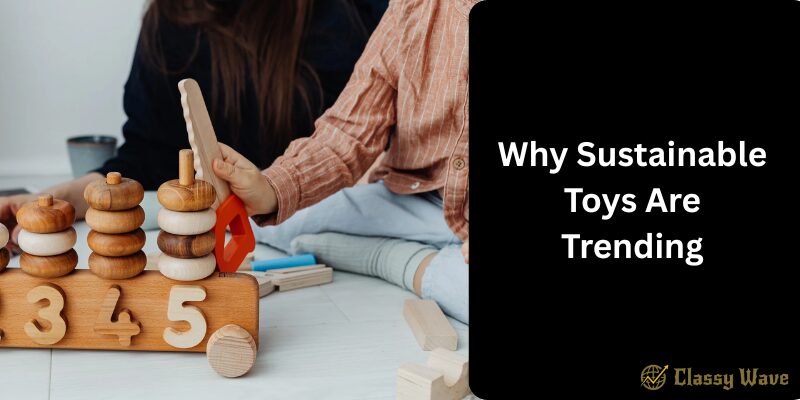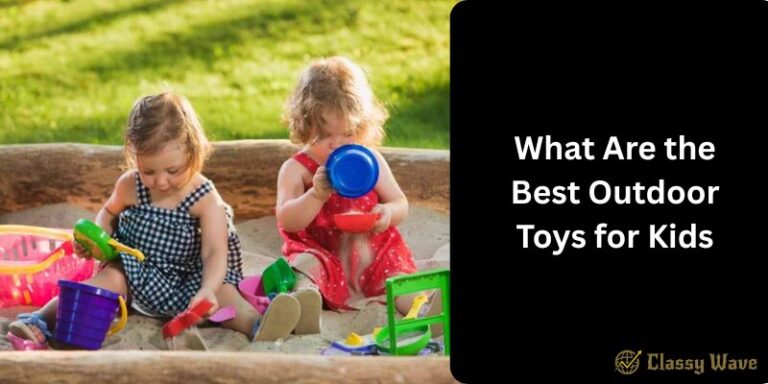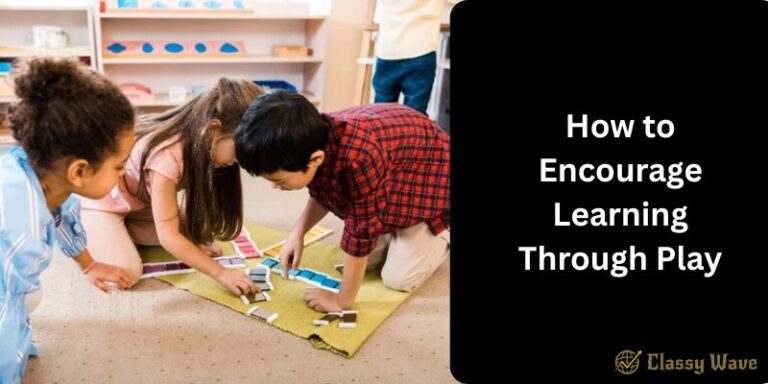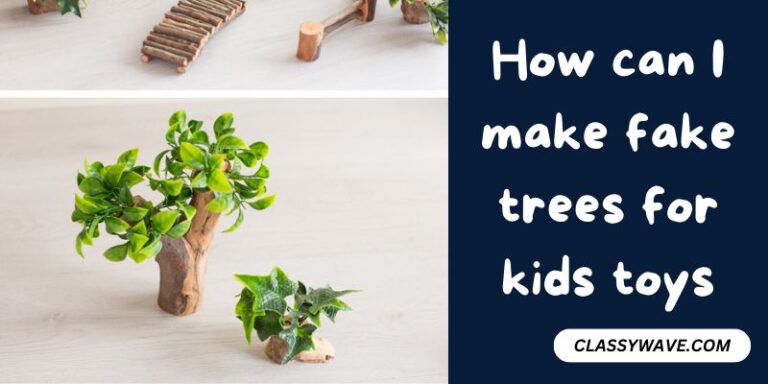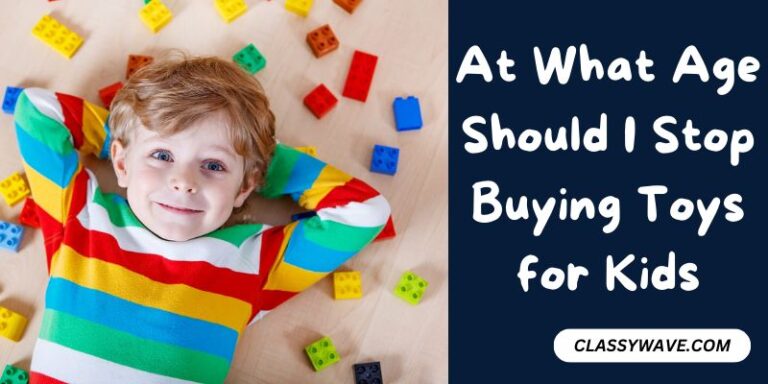Why Sustainable Toys Are Trending | Classy Wave
In recent years, there’s been a noticeable shift in how parents and consumers approach toy shopping. The spotlight has turned toward sustainable toys, and for good reason. As awareness about environmental issues grows, people are becoming more conscious of what they buy — including the toys their children play with. But what’s behind this global movement? Let’s dive into why sustainable toys are trending and why they’re shaping the future of the toy industry.
The Growing Awareness of Environmental Impact
Plastic toys have long dominated the market, but their environmental cost is alarming. Millions of tons of plastic waste end up in landfills every year, much of which comes from discarded toys. As more families become aware of pollution, climate change, and plastic waste issues, they’re actively seeking eco-friendly alternatives that are safer for the planet and for their children.
Parents Want Healthier Options for Kids
Parents are becoming more informed about the potential risks of harmful chemicals like BPA, PVC, and phthalates commonly found in plastic toys. Sustainable toys, often made from natural wood, organic cotton, or recycled materials, provide peace of mind because they’re non-toxic and safe for kids to handle, chew, and play with.
It’s no longer just about fun; it’s about health, safety, and sustainability.
The Rise of Eco-Conscious Brands
Several toy manufacturers have started to embrace the green movement by producing environmentally friendly toys. Brands like PlanToys, Green Toys, and Hape are leading the charge by using renewable materials, biodegradable packaging, and ethical manufacturing practices.
These companies not only focus on sustainability but also emphasize durability and educational value, which appeal to modern parents who prefer quality over quantity.
Government and Industry Influence
Governments around the world are encouraging eco-friendly practices through regulations and campaigns promoting sustainability. Many industries, including the toy sector, are being pushed toward reducing carbon emissions and minimizing waste. This shift has influenced companies to innovate and align their products with eco-friendly standards.
Social Media and Influencer Advocacy
Social media platforms like Instagram, YouTube, and TikTok have amplified the conversation around sustainable living. Influencers, eco-bloggers, and parenting communities are showcasing sustainable toys as not only environmentally responsible but also aesthetically pleasing and educational.
When parents see other families choosing wooden puzzles or recycled-plastic toy cars, they’re inspired to make similar changes.
Durability Over Disposable
Traditional plastic toys often break easily, leading to more waste and frustration for parents. Sustainable toys, on the other hand, are built to last. Wooden toys, for instance, can be passed down from one generation to the next, reducing the need for constant replacements and teaching children the value of longevity.
Educational Value and Development
Sustainable toys often encourage creative and sensory play rather than relying on batteries or digital features. These toys help children use their imagination, improve motor skills, and foster problem-solving abilities. Parents appreciate that sustainable toys promote mindful play — engaging kids’ creativity without overstimulation.
A Lifestyle Choice, Not a Trend
Choosing sustainable toys goes beyond being fashionable — it’s part of a larger eco-conscious lifestyle. Families that recycle, reduce plastic usage, and buy organic products naturally gravitate toward sustainable toys as a continuation of their values.
It’s about teaching children from an early age to care for the planet and make responsible choices.
The Role of Minimalism
The minimalist lifestyle is gaining popularity worldwide, and sustainable toys fit perfectly within it. Instead of overflowing toy bins filled with low-quality items, parents prefer fewer but better toys — simple, multifunctional, and meaningful. This mindset shift contributes significantly to the rise in demand for sustainable toy options.
Affordability and Accessibility
As demand grows, sustainable toys are becoming more affordable and widely available. Online marketplaces and local stores now offer eco-friendly toys at reasonable prices. This accessibility has made it easier for families everywhere to choose sustainability without compromising on fun or quality.
Support for Ethical Businesses
When parents buy sustainable toys, they’re often supporting small businesses and fair-trade practices. Many eco-friendly toy brands partner with local artisans or manufacturers who prioritize ethical labor standards, making each purchase more meaningful.
Reduced Packaging Waste
Another reason behind the trend is eco-conscious packaging. Many sustainable toy brands avoid plastic packaging altogether and use recycled or compostable materials instead. This small change creates a huge impact in reducing overall household waste.
Children Are Learning Sustainability Early
Kids are naturally curious and observant. When they play with sustainable toys, they start to understand the concept of caring for the environment. This makes sustainable toys a powerful tool for teaching eco-awareness from a young age — shaping a generation that values sustainability.
Corporate Responsibility and Green Marketing
Major toy companies have also begun investing in sustainability to improve their brand image and meet consumer expectations. Green marketing has become a crucial part of modern branding, and sustainability sells — especially to millennial and Gen Z parents who prioritize ethics and the environment.
The Future of Sustainable Toys
The demand for eco-friendly toys isn’t slowing down anytime soon. With continued innovation, we can expect biodegradable materials, zero-waste packaging, and recyclable designs to become industry standards. Sustainable toys are not just a passing trend — they’re shaping a more responsible and conscious future for playtime.
Conclusion
Sustainable toys are trending because they represent a shift in values — from convenience and quantity to responsibility and quality. Parents want the best for their children, but they also want to protect the planet they’ll inherit. As awareness continues to grow, the movement toward eco-friendly, safe, and educational toys is only going to get stronger.
By choosing sustainable toys, families aren’t just buying playthings — they’re investing in a better future.

